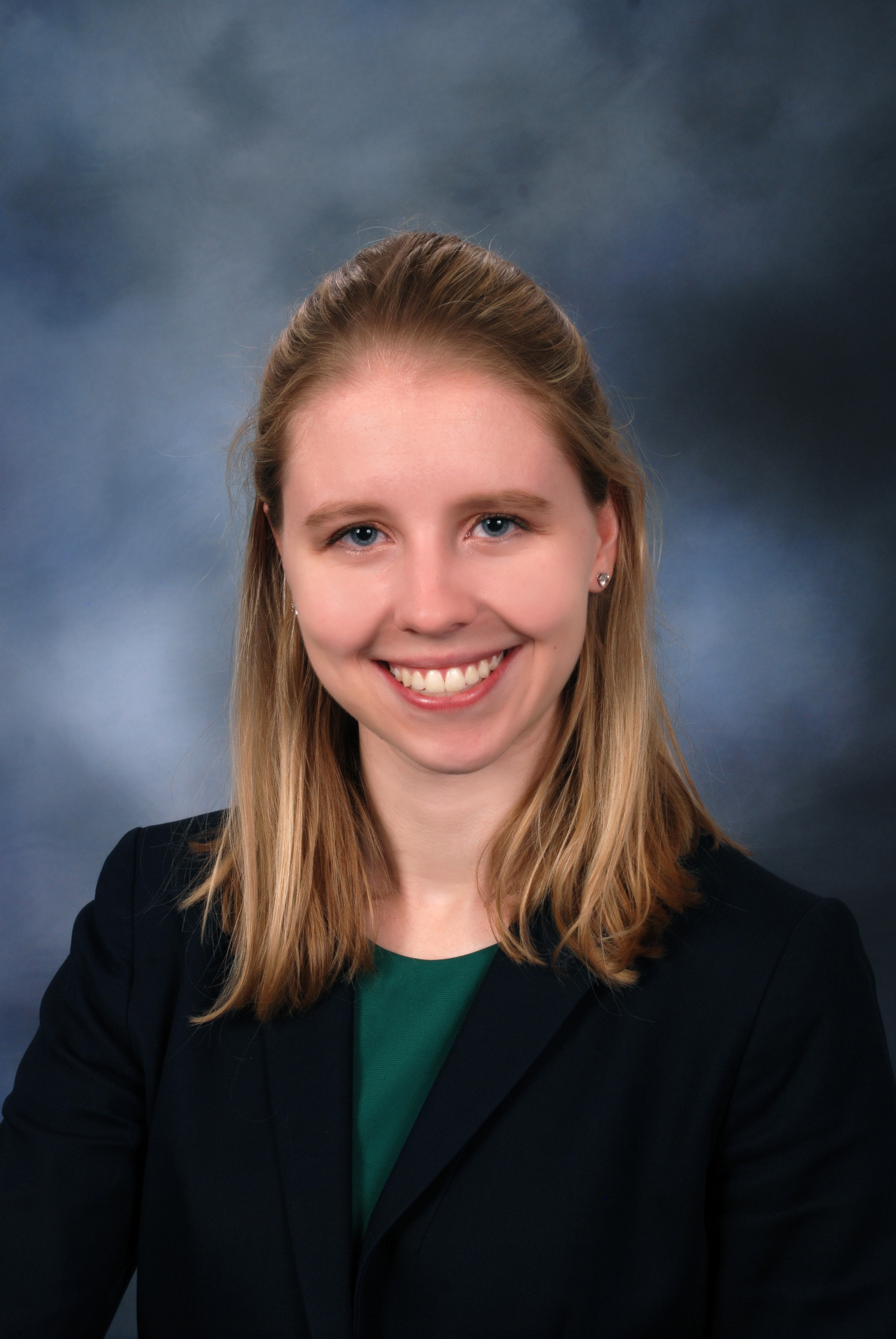Translational Tribology to Examine the Mechanobiological Drivers of Cartilage Disease
Meghan Kupratis | TLT Scholarship Essay December 2020
Online only in TLT Archives
Jeanie S. McCoy Scholarship
The Jeanie S. McCoy Scholarship is awarded annually to recognize female college and high school students pursuing careers in tribology. This is a new scholarship, administered by the STLE Presidential Council, that was created to honor STLE Life Member Jeanie McCoy, who was a member of STLE for more than 66 years, joining in the early 1950s when the lubrication industry was clearly male dominated. McCoy passed away in July 2019.
The 2020 recipient is Meghan Kupratis, a second-year doctoral candidate studying biomedical engineering at the University of Delaware working with professor Christopher Price.
As a requirement for receiving the McCoy scholarship, students must submit an essay for publication in TLT discussing their goals, plans and interests in pursuing a future career in the field. For more information about the McCoy scholarship, visit www.stle.org.

Meghan Kupratis
As a translational tribologist, my research interests lie at the intersection of tribology, biomedical engineering and human health. I am particularly interested in applying lubrication science to understand the effect of lifestyle choices on cartilage’s function, health and disease. Articular cartilage is a phenomenal mechanobiological material, capable of withstanding decades of repeated loading while maintaining remarkably low friction (μ ~ 0.005) during articulation. Unlike most tissues, cartilage lacks direct blood and nerve supplies, rendering it nearly incapable of self-renewal. Despite this significant shortcoming, healthy cartilage maintains phenomenal tribological properties over millions of articulation cycles.
Nonetheless, millions of patients with degenerative joint diseases, such as osteoarthritis (OA), endure severe pain and loss of function as a result of irreversible cartilage destruction. Unfortunately, little is known about OA etiology; however, one significant clue comes from recent epidemiological studies revealing a doubling of OA prevalence in the post-industrial era, which persists even when controlling for age, sex and BMI. A major question remains: what factors might be driving this shift in OA prevalence? One explanation, supported by reporting of sharp declines in physical activity in modern society, is a detrimental influence of physical inactivity on cartilage function and health. Indeed, recent research from the Price Lab has begun to untangle the direct influence of sedentariness on cartilage’s tribomechanical function.
Cartilage’s function is intimately tied to its hydration. Loss of interstitial fluid, as a result of load-induced exudation, results in wear-promoting friction during articulation and elevated risk of tissue damage. Clinical imaging studies have revealed a reversal of load-induced cartilage thinning with movement, suggesting the ability of joints to modulate hydration through activity.
Ex vivo studies indicate pathological strains/shears drive cellular dysfunction. However, it remains unclear how activity-driven strain modulates cartilage function under typical usage. Our team’s transformative rediscovery of the convergent stationary contact area (cSCA) tribological testing configuration allows us to interrogate this question under highly controllable benchtop testing conditions for the first time. The cSCA enables exploration of cartilage hydration across a range of previously inaccessible, yet physiologically-relevant, strain and friction conditions. Importantly, the cSCA facilitates long-term (hours-long) maintenance of high fluid load support and low equilibrium friction at high sliding speeds through sliding-dependent recovery of interstitial fluid (tribological rehydration), and thus interstitial lubrication. Furthermore, by leveraging the cSCA configuration, with its unique, physiologically relevant hydration and lubrication behaviors, we have demonstrated the critical influence that activity patterning (i.e., more versus less sedentary ‘lifestyles’) has on cartilage’s biomechanical functions.
Our recent findings led my research team to posit that joint activity is a direct modulator of biomechanical homeostasis and is fundamentally necessary for cartilage longevity and OA prevention. These studies show that increasing the relative duration of sedentary periods (static compression) for fixed volumes of active periods (compression + sliding) significantly increases friction and strain at the start of sliding. Since high tissue-level strains and high friction are associated with inferior lubrication and increased cartilage damage, these results suggest that brief, but regular, movement patterns may have a beneficial impact on cartilage homeostasis.
Currently, my goal is to translate the cSCA’s exquisite hydration modulating capabilities to live cartilage tissue. My experiments will further investigate how activity-driven modulation of cartilage lubrication influences chondrocyte mechanobiology and homeostasis under both physiological and pathophysiological conditions (both previously inaccessible in the classical SCA and MCA configurations). Beyond foundational science outcomes, this research will inform future studies of activity regimens that may counter OA initiation lifestyle-based preventative interventions. I believe the interdisciplinary nature of this work is critical to piece together how tribological and biological aspects of function can be modulated to decrease the societal burden of joint disease.